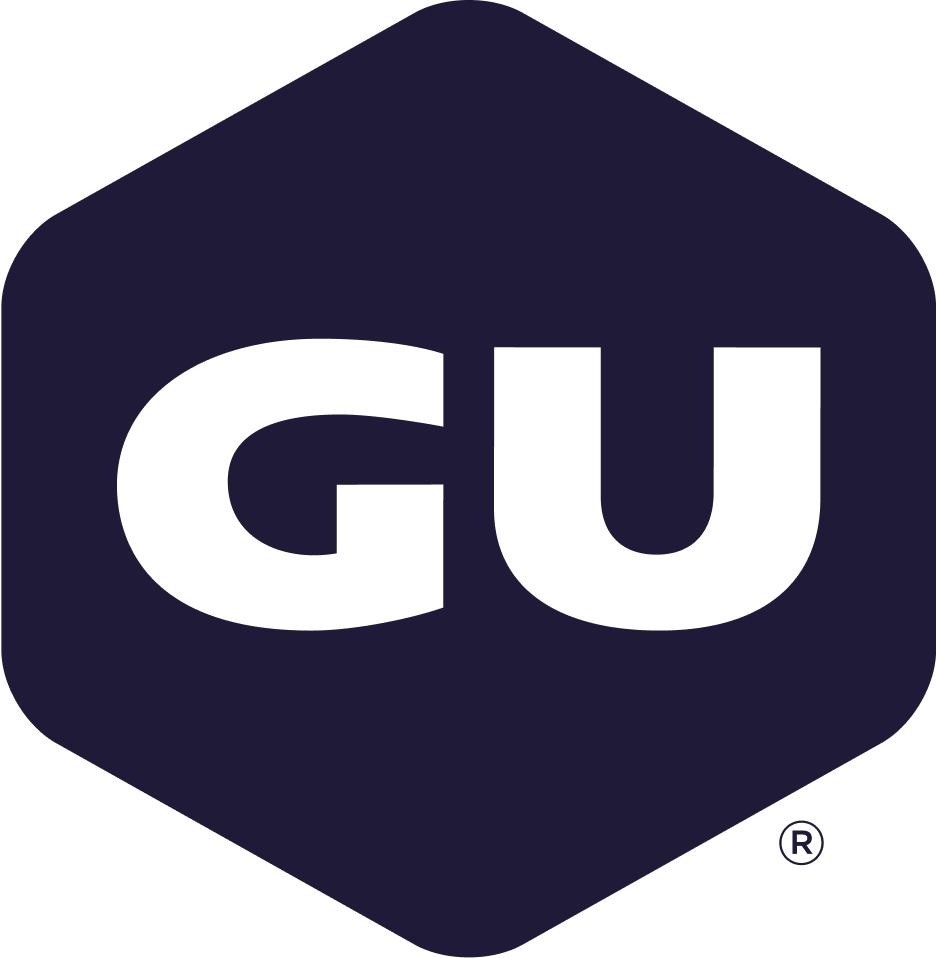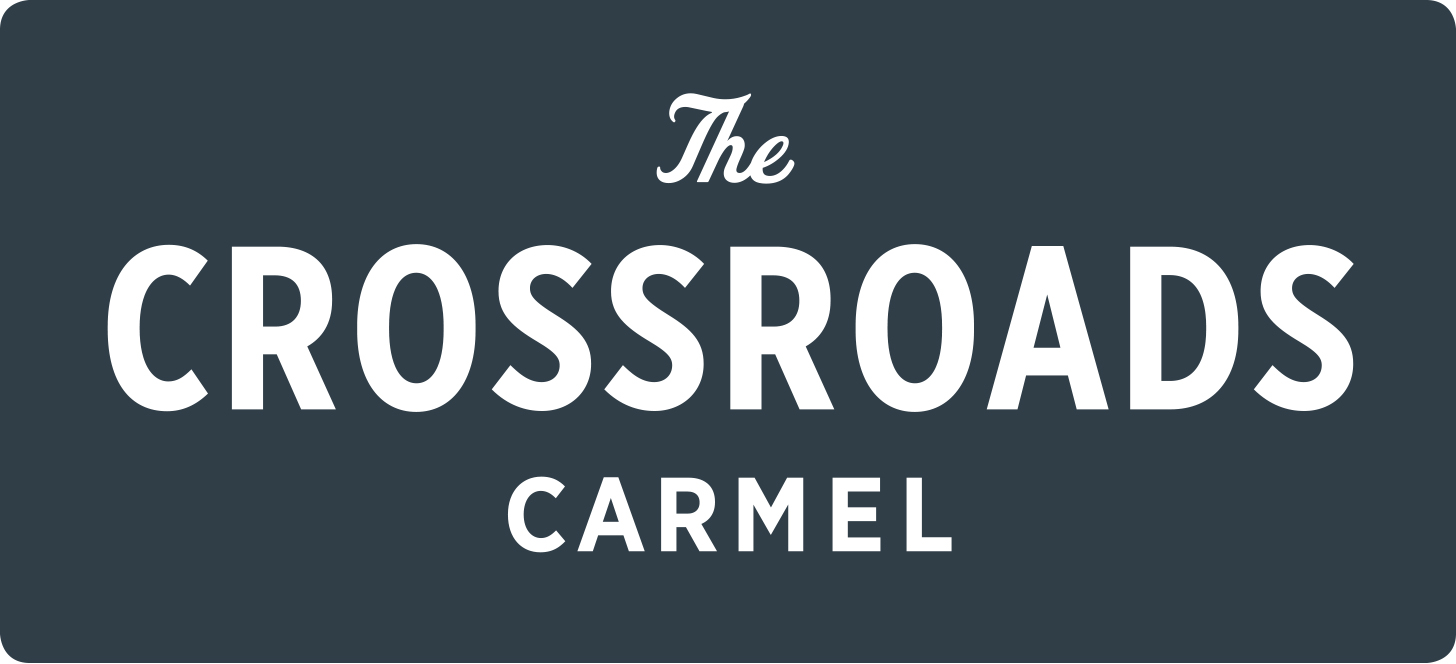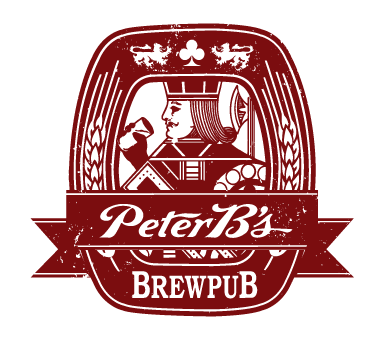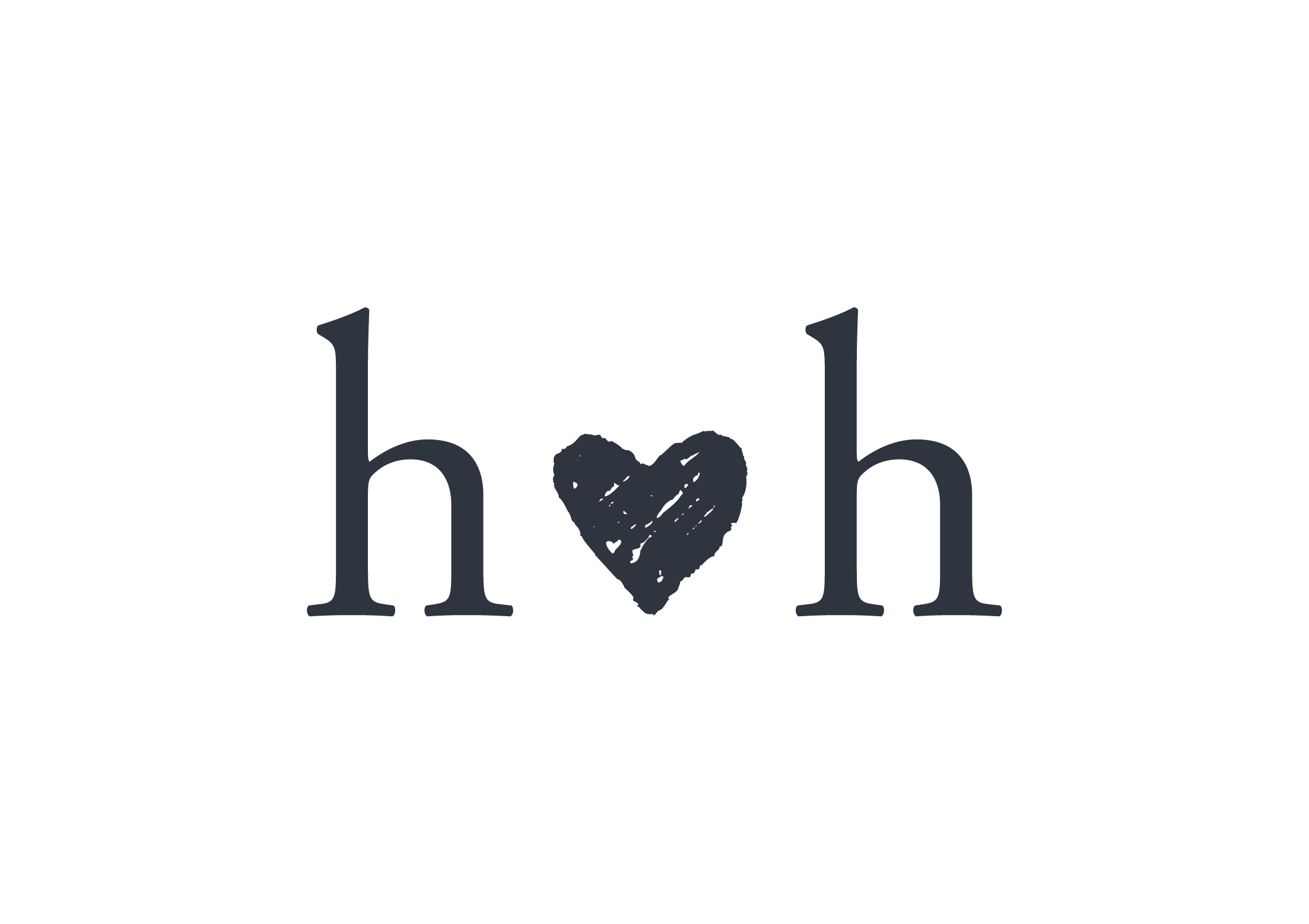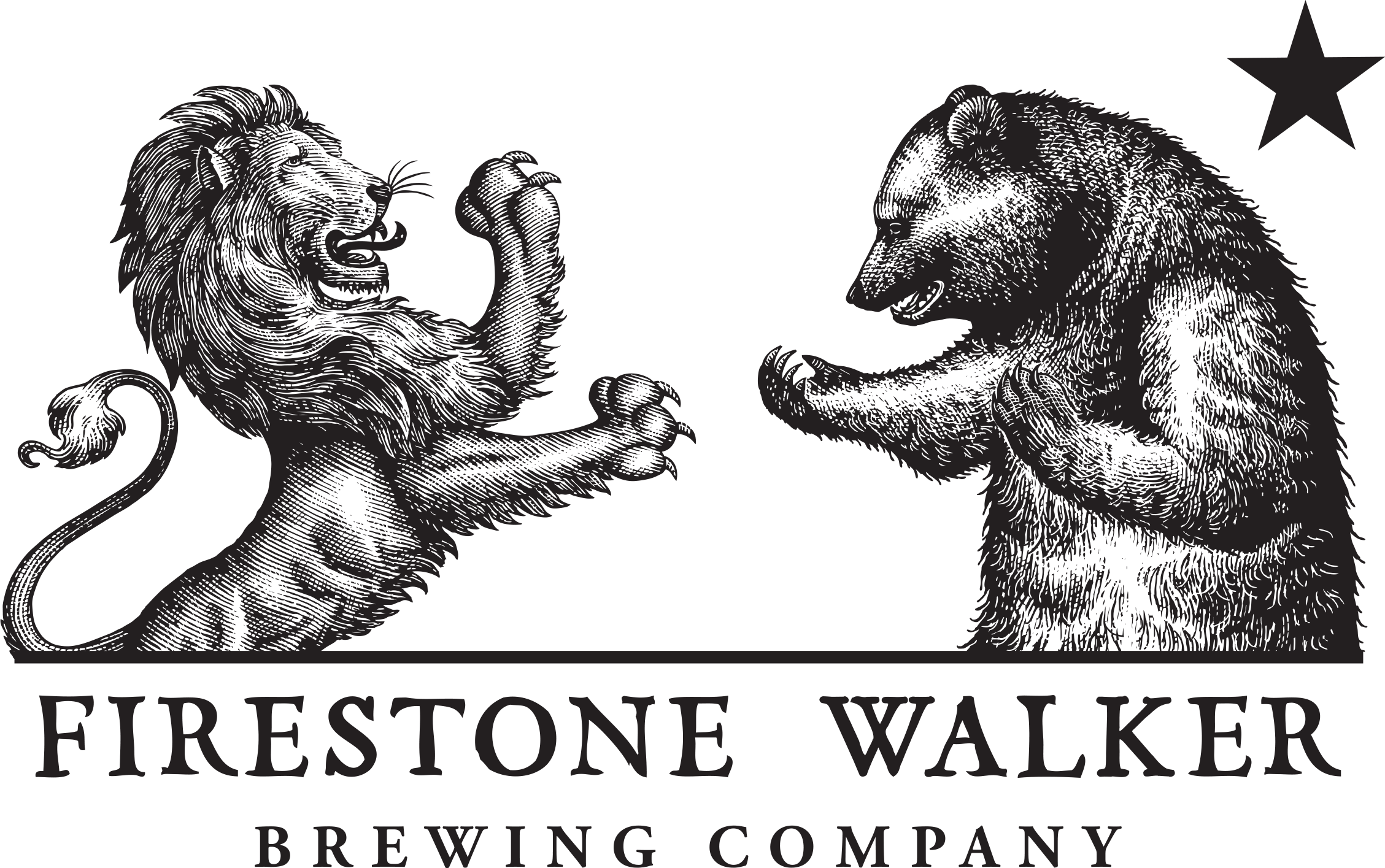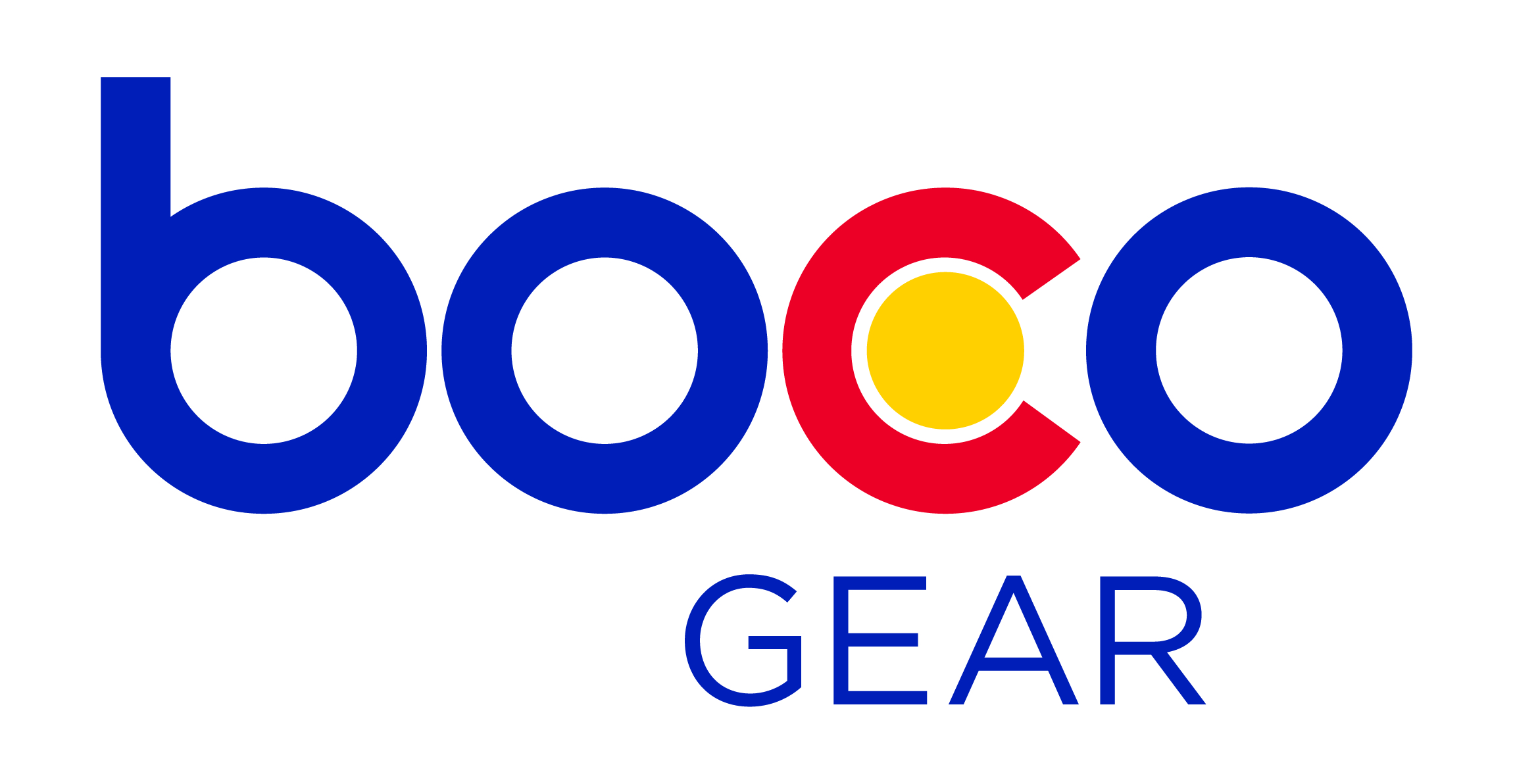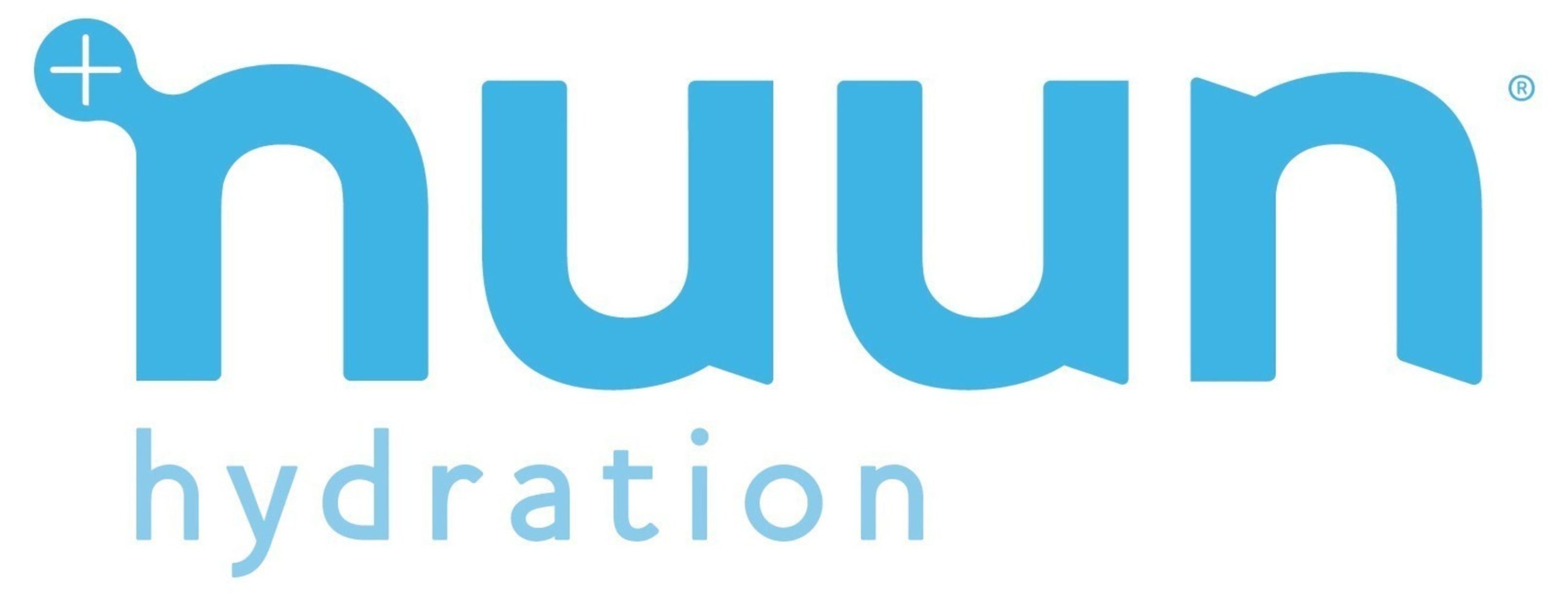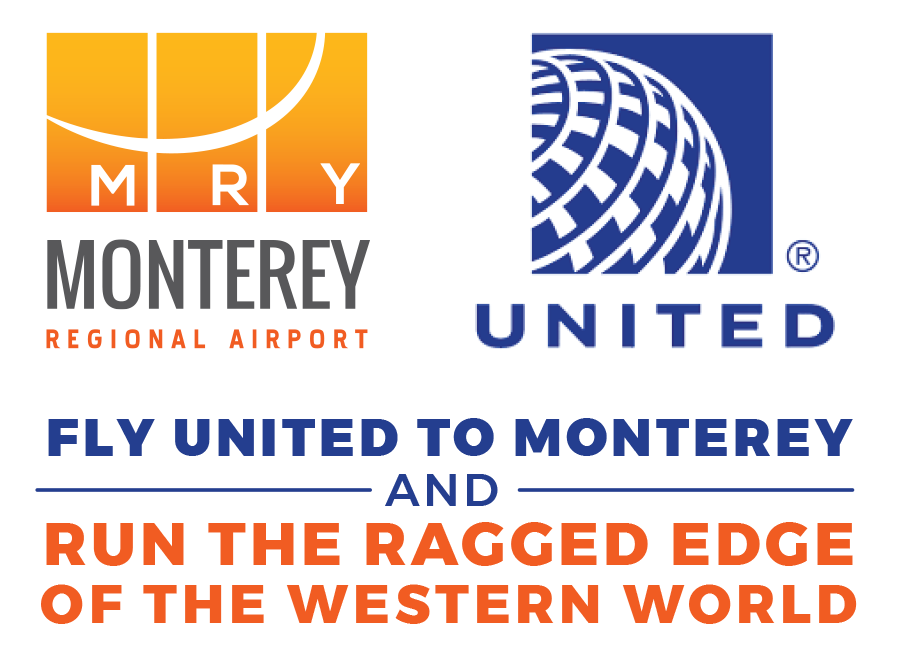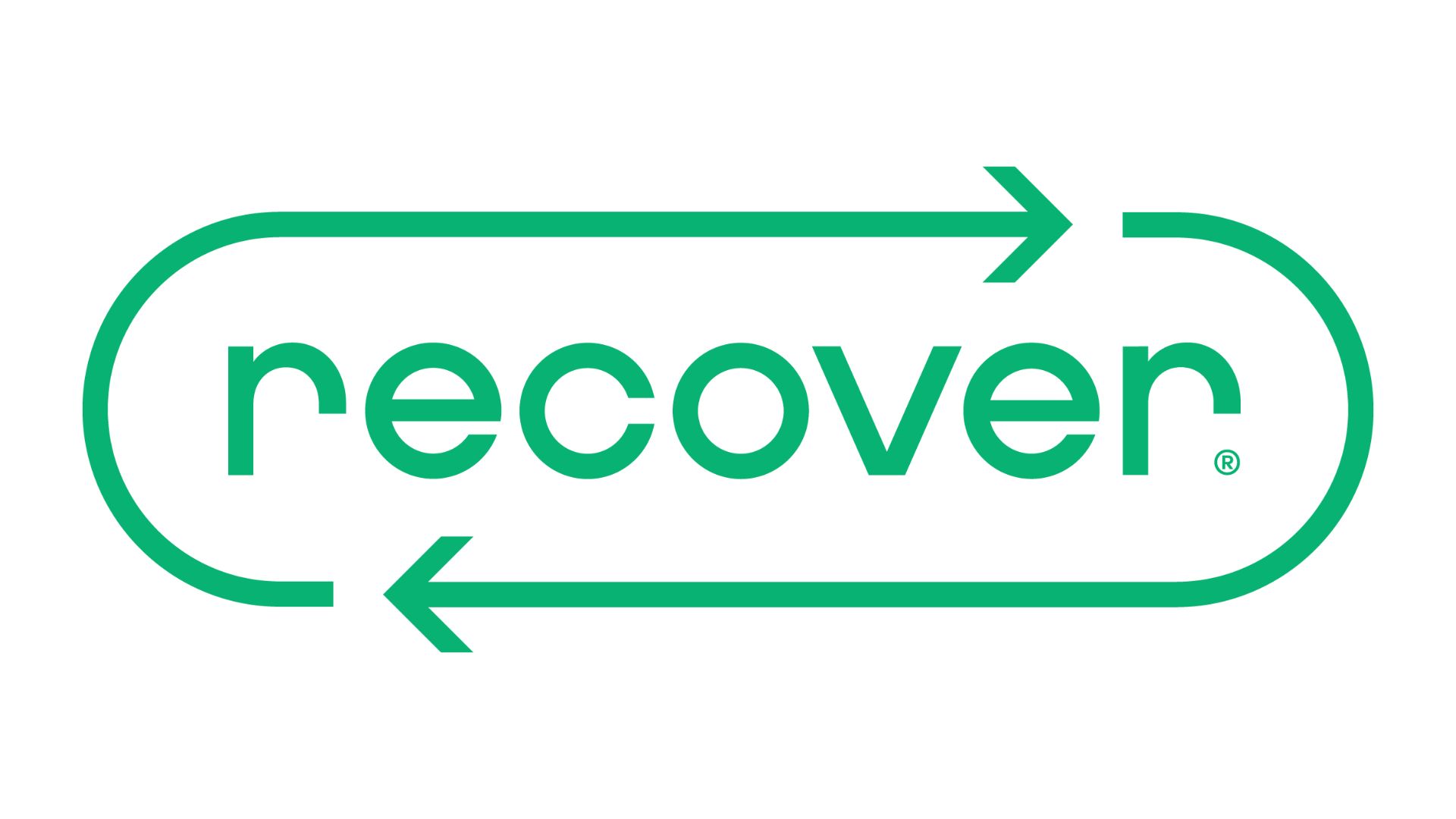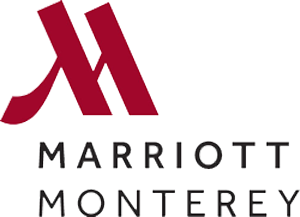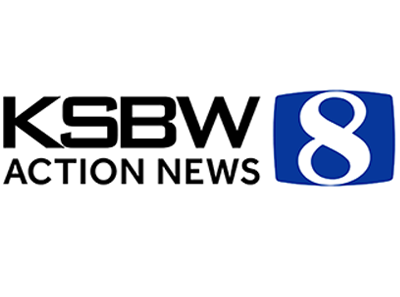Race History
Established 1986
THE BEGINNING
A simple road sign on Highway 1 near Rio Road in Carmel inspired the creation of the Big Sur International Marathon by founder Bill Burleigh. The first running in 1986 took place along one of the most gorgeous stretches of coastline in the world. Burleigh’s involvement during the next ten years helped determine the scope and direction of the Big Sur organization.
Some of Burleigh’s challenges during the early years included:
- The decision to hold the marathon during the spring was so it wouldn’t have to compete with NFL football in the fall. The summer months wouldn’t work due to heavy tourist traffic on Highway 1. The rainy season is over by April, making it the perfect month for a marathon.
- Obtaining a permit to temporarily close Highway 1 to vehicular traffic was Burleigh’s biggest challenge. He met denial from all government agencies and citizen’s groups. He eventually approached the politicians, including a friend who happened to be the vice-chair of the Republican Central Committee. A phone call to (then) Governor Deukmejian prompted a call from him to Caltrans and a permit was finally approved.
- After spending a year on the permit process, another year was spent organizing the race itself. A 15-member working board consisted of hard-core runners and creative forward thinking folks.
The first Big Sur International Marathon was held the last Sunday in April, 1986 with 1,800 runners participating in the maiden 26.2-mile trek from Big Sur to Carmel. Despite some challenges along the course (including a 700-pound Hereford cow in labor and some residents who opted to ignore the road closure), the runners raved and the sponsors were awed.
THE BIG SUR MARATHON SINCE YEAR ONE
The Big Sur International Marathon has evolved from an “almost didn’t happen” marathon into one of the best known marathons in the world over the course of the last three decades.
Mother Nature has thrown in many challenges over the years. Race day weather has included gale force winds, hail and thick fog. Torrential spring rains in 1995 brought floods that destroyed the Carmel River Bridge located just before the finish. In 1998 and in 2011 sections of Highway 1 collapsed into the ocean after heavy rains and mudslides. Temporary course changes allowed the race to persevere.
Historical events of note include:
- In 1987 Brad Hawthorne blistered the course with an astonishing time of 2:16:39, a record that still stands to this day. Hawthorne went on to win five of the next six races and his record was only threatened once in 2002 by Jonathan Ndambuki. In 1996, Svetlana Vasilyeva set the female course record of 2:41:34.
- At the request of participants not up to the rigors of a 26.2-mile run, several shorter distance races were added over the years. The “Walk” (now the 11-Miler) debuted in 1989, offering both seven and ten mile options. The 5K was established in 1992 to cater to those preferring a shorter race and proving to be the perfect event for friends and family of marathoners. A “Schools Competition” was established within the 5K to encourage local children to begin running. The “Power Walk” (now the 21-Miler) began in 1995, along with the Marathon Relay. The 9-Miler (current 12K) was added in 2003 and features several miles inside the beautiful Point Lobos Natural Reserve. The By-the-Bay 3K started in 2008 and now attracts more than 5,000 entrants, most of them Monterey County School children. It is run the Saturday before the main events on Sunday. 2010 saw the introduction of the Boston 2 Big Sur Challenge, an event appealing to the fittest of runners who run Boston and then, six (or 13 some years) days later, run Big Sur. The Runner’s World Challenge was added in 2011 and features a VIP race weekend experience.
- As the race gained in popularity and stature, the need for sponsorship also grew. Current sponsors include Gatorade Endurance, GU, Granite Construction, Neal Dempsey Family Foundation, Dole, HOKA ONE ONE, Monterey Marriott, Community Hospital of the Monterey Peninsula, Monterey Airport, KWAV, Monterey Herald, KSBW, Recover Brands, Rabbit, BOCO Gear, The Crossroads Carmel, HydraPak, and several others.
ORGANIZATIONAL GROWTH
As the Big Sur Marathon organization grew in resources and sophistication, more events and programs were added to the roster.
The Monterey Bay Half Marathon (former Big Sur Half Marathon on Monterey Bay) began in 2003 and was an “immediate, overwhelming success.” Runners enjoy a loop course through historic downtown Monterey, along Cannery Row and past the Monterey Bay Aquarium, on the streets of downtown Pacific Grove, and next to the beautiful Monterey Bay shoreline. The Monterey Bay Half Marathon is the only Big Sur Marathon Foundation event to feature prize money and boasts an impressive elite field. The Half Marathon race weekend includes the Pacific Grove Lighthouse 5K and By-the-Bay 3K the day before the 13.1-mile event.
In 2004, the organization tackled the issues of childhood obesity and related illnesses by creating JUST RUN®, a free, award-winning web-based program geared to promoting fitness and healthy lifestyles in grades K through 12. JUST RUN was suspended in 2020 through the 2022 school year due to the COVID-19 pandemic. We hope to reorganize the program for the 2022-2023 school year.
In 2005, the Big Sur organization briefly funded the Big Sur Distance Project, an elite training center based in Marina, CA.
In 2006, Big Sur initiated the Mud Run, a 5.5-mile obstacle and mud run, in collaboration with California State University Monterey Bay and the Presidio of Monterey. This event ran for eight years, ending after the 2013 race.
In 2013, BSMF took Run in the Name of Love, a local 5K/2K, under its umbrella. This race was held annually in Carmel-by-the-Sea. The event was discontinued following the 2019 race due to the pandemic and staff changes.
In early 2016, the Big Sur Marathon acquired another local race, the Salinas Valley Half Marathon, held annually the first Saturday in August. The 2016 event was cancelled due to unhealthy air quality produced by the Soberanes Fire. The event was discontinued following the 2018 event due to dwindling attendance.
LOOKING FORWARD
The Big Sur International Marathon organization has evolved to be one of the premier non-profits on the Monterey Peninsula with a professional staff, a 12-person Governance Board and a 70+ member Events Committee. In 2014 the organization adopted a strategic plan of future growth and new opportunities for collaborations and partnerships with other organizations, businesses, and communities with common goals. In 2017, the organization became the Big Sur Marathon Foundation.

